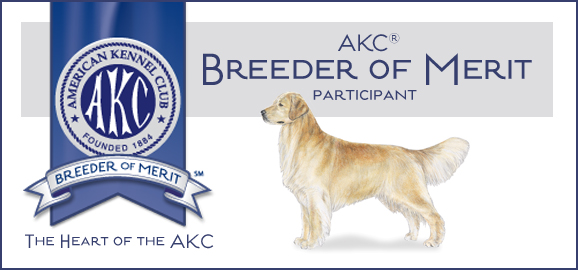The Threshold of Success
Our goal as trainers is a well-trained dog. Most of us want to move toward that goal as quickly as possible. In our quest for rapid success, we tend to raise the bars too soon, push our dogs too hard, and cause our dogs to fail.
Don’t give into this temptation! Nothing will sabotage good training as quickly as training at levels that are too difficult for the dog. It is important to keep your dog successful. Behavior cannot be reinforced unless it is correct. Good training cannot be rushed. Practice makes perfect. Success builds confidence and motivation. Therefore, for the best, the most solid, and yes, even the fastest results, train under what we call the dog’s threshold of success.
Here is our definition of this very important concept:
The threshold of success is the level of perfection at which a dog will be successful and will earn his reward if the standard is set below it and will fail if the standard is set at a level above it.
To state it another way, the height of the bar that delineates between when a dog will be successful and when he will not is a dog’s threshold of success. When we train under the this bar, we will gradually bump up the threshold of success. When we train over it, we will bump it down.
The goal in training should not be to see how high of a level we can train at any given moment, but rather to bump that bar or threshold of success up giving our dog the ability to work at higher and higher levels in the future. We do that by training under the threshold.
Why Train Under Threshold
There are many reasons that training under threshold and keeping a dog successful is important. Here are a few.
- Success creates good habits. Failure creates bad habits.
- Success builds confidence. Failure reduces confidence.
- Success builds motivation. Failure reduces motivation.
- Success builds clarity and understanding. Failure can cause confusion.
- Training under a dog’s Threshold of Success builds a stronger foundation for longer lasting results.
- Practice makes perfect. It is rare that you hurt your dog’s training by making the training too easy (though there are times that we will get into later).
When Your Dog Fails
Small amounts of failure followed by success builds resilience. Therefore, don’t worry about it when you do accidentally push your dog over his threshold and he fails. It will happen simply because you can never know for sure exactly where that threshold is in any given moment.
However, there will be plenty of accidental failures to build resilience. Don’t set your dog up for failure on purpose just to build resilience. It is more important to focus on all you are building through success.
Try to keep your dog successful, but don’t put too much pressure on yourself to be a perfect trainer! Simplify the task when your dog fails so that it doesn’t happen again and move on.
If your puppy seems to be stuck and repeatedly fails and you don’t know how to fix it, quit. Don’t let yourself get frustrated. It is very important that your frustration doesn’t get communicated to the dog. If you can’t be patient or if you can’t fix a problem, quit and think about how to fix it before you get together with your puppy again.
Interestingly, puppies also think about how to earn their reward between training sessions when good positive reinforcement methods are used. I can’t count the number of times that a puppy couldn’t seem to understand something I was trying to teach so I let the puppy rest for awhile; when I brought the puppy back out to work again, I could tell that the puppy had been thinking about how he could better try to earn his reward. Time to think can be beneficial for both trainer and dog!
How To Increase the Threshold of Success
There are three variables that need to be changed for a dog to progress in training. These same variable must be carefully monitored because changing them too fast will cause the dog to fail. As we talk about these variables, we’ll discuss how to change them in such a way that the dog progresses in training, while still remaining successful and motivated to work. These variables are:
- Difficulty of the exercise.
- Expectations with regard to perfection. This is often referred to as criteria for reward.
- Rate of reinforcement.
- Motivation, Confidence, and Speed
We’re going to discuss increasing the threshold of success by changing each of these variables in the next few sections. We’ll also discuss how the dog’s motivation, confidence, and speed while working are affected by these variables.
Click on Chapter 19: Increasing Difficulty to read the next chapter in the book.

